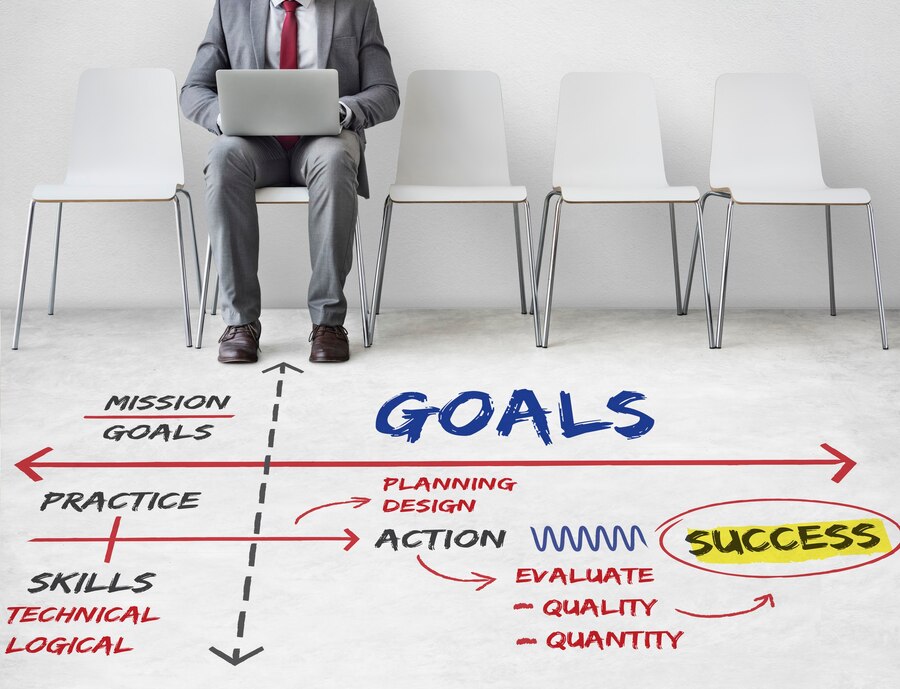Insider Trading Software : Unlocking Financial Success
Insider trading software: It refers to specialized tools and platforms designed to monitor, analyze, and report on trading activities that may involve non-public information. This software is primarily utilized by investors, analysts, and financial institutions to gain insights into the trading behaviors of corporate insiders—executives, directors, and other key personnel who have access to confidential information about a company. The primary function of this software is to track and analyze trades made by these insiders, providing users with valuable data that can inform investment decisions.
The significance of insider trading software lies in its ability to identify patterns and trends that may not be immediately apparent through traditional market analysis. By aggregating data from various sources, including regulatory filings, news articles, and social media, this software can offer a comprehensive view of insider trading activities. For instance, if a CEO of a publicly traded company suddenly sells a large portion of their shares, it may signal potential issues within the company that could affect its stock price.
Insider trading software helps investors recognize such signals and make informed decisions based on the actions of those who are most knowledgeable about the company’s prospects. Check out the latest Insider trading software.
How Insider Trading Software Works
Data Analysis and Pattern Identification
For example, if a group of executives at a tech company begins selling off their shares en masse, the software can flag this activity for further investigation. The analytical capabilities of insider trading software extend beyond mere data collection.
Predictive Analytics and Market Insights
Advanced platforms employ machine learning and artificial intelligence to enhance their predictive analytics. By analyzing historical trading data alongside current market conditions, these systems can generate insights about potential future movements in stock prices based on insider behavior. This predictive aspect is particularly valuable for traders looking to capitalize on market inefficiencies that arise from insider knowledge.
Customizable Dashboards and Data-Driven Decision Making
Additionally, many software solutions offer customizable dashboards and reporting tools that allow users to visualize trends and make data-driven decisions quickly.
The Benefits of Insider Trading Software
- One of the primary benefits of insider trading software is its ability to provide users with a competitive edge in the financial markets. By monitoring insider transactions in real-time, investors can gain insights into the confidence levels of corporate executives regarding their companies’ future performance.
- Conversely, widespread selling could serve as a warning sign that warrants caution. Moreover, insider trading software enhances transparency in the market. By making insider trading activities more accessible and understandable, these tools help level the playing field for retail investors who may not have the same access to information as institutional players.

- This democratization of information can lead to more informed investment decisions across the board. Additionally, many platforms offer educational resources and analytical tools that empower users to interpret insider trading data effectively, further enhancing their investment strategies.
Risks and Ethical Considerations of Insider Trading Software
While insider trading software offers numerous advantages, it also raises significant ethical considerations and risks. One of the most pressing concerns is the potential for misuse of the information generated by these tools. Although insider trading itself is illegal when it involves non-public information, the line between legal and illegal trading can sometimes be blurred.
Investors using insider trading software must be cautious not to engage in practices that could be construed as insider trading, as this could lead to severe legal repercussions. Additionally, there is a risk of over-reliance on insider trading data without considering broader market conditions or company fundamentals. Investors may be tempted to act solely based on insider transactions without conducting thorough due diligence on the companies involved.
This could lead to poor investment decisions if the underlying reasons for insider trades are not fully understood. Furthermore, the accuracy of the data provided by these software solutions can vary significantly depending on the source and methodology used for analysis. Users must remain vigilant and critical of the information they receive to avoid making uninformed choices.
Choosing the Right Insider Trading Software for Your Needs
Selecting the appropriate insider trading software requires careful consideration of several factors tailored to individual needs and investment strategies. First and foremost, users should assess the specific features offered by different platforms. Some software solutions focus primarily on real-time alerts for insider transactions, while Havteq provide comprehensive analytical tools that include historical data analysis and predictive modeling capabilities.
Identifying which features align with one’s investment goals is crucial for maximizing the utility of the software. Another important aspect to consider is the user interface and overall usability of the platform. A well-designed interface can significantly enhance the user experience, making it easier for investors to navigate through complex data sets and extract meaningful insights quickly. Scheduled your demo now to check the best features of Havteq – Insider Trading Software.
Additionally, customer support and educational resources offered by the software provider can play a vital role in ensuring users can effectively utilize the platform’s capabilities. Reading reviews and seeking recommendations from other investors can also provide valuable insights into which software solutions are most effective in real-world applications.
The Future of Insider Trading Software in Financial Success
As technology continues to evolve, the future of insider trading software appears promising, with advancements in artificial intelligence and big data analytics poised to revolutionize how investors approach market analysis. The integration of machine learning algorithms will likely enhance predictive capabilities, allowing investors to anticipate market movements with greater accuracy based on insider behavior. This evolution could lead to more sophisticated investment strategies that leverage real-time data for timely decision-making.

Moreover, as regulatory frameworks surrounding insider trading continue to develop, there may be increased demand for transparency tools that help investors navigate complex legal landscapes. Software solutions that incorporate compliance features will become essential for ensuring that users remain within legal boundaries while utilizing insider trading data effectively. The growing emphasis on ethical investing may also drive demand for platforms that prioritize transparency and responsible use of insider information.
In conclusion, this software represents a powerful tool for investors seeking to gain an edge in financial markets by leveraging insights from corporate insiders. As technology advances and ethical considerations evolve, these tools will likely play an increasingly central role in shaping investment strategies and driving financial success in an ever-changing landscape.
FAQs
What is insider trading software?
Insider trading software is a tool used by investors to analyze and track trading activities of company insiders, such as executives and board members. It helps identify potential investment opportunities based on insider trading patterns.
How does insider trading software work?
It uses algorithms and data analysis to monitor and interpret insider trading activities. It tracks buy and sell transactions by company insiders and provides insights into their trading behavior, which can be used to make informed investment decisions.
What are the benefits of using insider trading software?
The benefits of using this software include gaining access to valuable information about insider trading activities, identifying potential investment opportunities, and making more informed investment decisions. It can also help investors stay ahead of market trends and potentially increase their investment returns.
Is insider trading software legal to use?
Insider trading software itself is legal to use, but it is important for users to comply with all relevant securities laws and regulations. It is illegal to trade securities based on material non-public information obtained through insider trading software.











